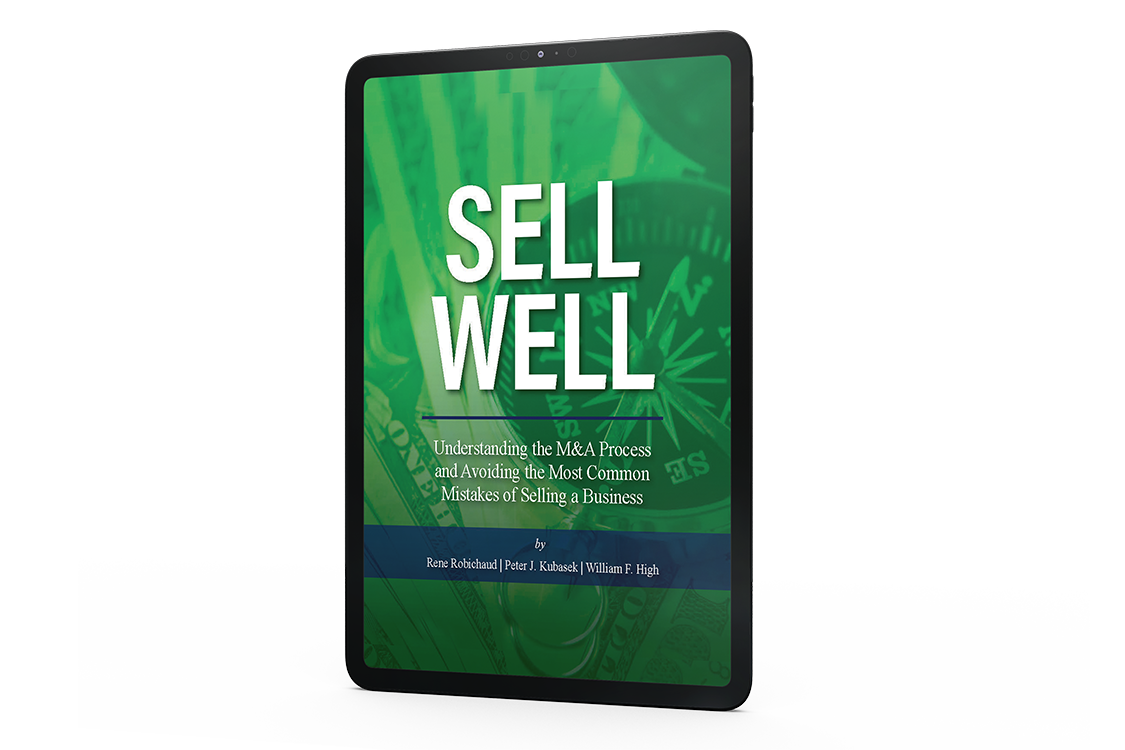ArkMalibu Industry Snapshots, Second Quarter 2021
We invite you to read our M&A analysis and access the Market Monitor links below, where you may download detailed reports containing M&A trends and data from 17 industries. Please feel free to contact us at 513-583-5413 to discuss how the information presented in each report relates to your business and its own unique set of value drivers.
U.S. & Canada M&A Overview
- Strong economic recovery coupled with the proposed end of year tax-hikes drove $1.7 trillion in U.S. mergers and acquisitions in the first six months of 2021, the highest amount ever
- Deal volumes at 11,254 deals for mid-year 2021 were higher than comparable periods in 2020 and 2019
- 97 mega deals ($5B+ transactions) were announced in the first half of 2021 in comparison to the 82 mega deals during the same period in 2020
- US Second-quarter volumes rose 440% in the United States up to $699B in comparison to Q2 2020 and rose 50% in comparison to Q2 2019
- Median deal pricing ended 2Q21 at 12.3x EBITDA, up 16.0% from 10.6x during 2020 and 8% above the previous 4-year (2017-2020) average
- Ample capital is creating competitive auction processes, translating to multiple expansion for sellers
- Strong global M&A backdrop broke records for the second consecutive quarter, signaling continued momentum. $1.5 trillion in announced global deal value during Q2, up 13% from Q1 2021.
- 28,175 Global M&A deals completed in the first six months of 2021; Deal volume was 27% higher than 2020 and 7% higher than the first six months of any other year since 1999
- Closed deal value was $2.8 trillion for the first six months of 2021—up 132% compared to the same period last year, when the pandemic depressed activity, and nearly 20% more than the previous all-time high, from 2007
- High levels of cash on corporate and investor balance sheets support continued acquisition activity in 2021
- $2.2 trillion in cash and equivalents on nonfinancial strategic acquirers balance sheets in Q2 2021
- $1.6 trillion in dry powder from global private equity
- $387 billion in implied buying power from the SPAC community with 201 business combinations during the first half of the year (assuming a 2.7x leverage multiple)
- Start-ups raised $156 billion globally during Q2 2021
- More than $1 out of every $5 raised globally last quarter went to the fintech industry, for a total of $33.7 billion
- 136 new startups achieved a billion-dollar valuation last quarter alone, a 491% increase over last year’s numbers
- Acquisitions by SPACs hit a record $348 billion in the January-May period of 2021
- 364 SPACs have been formed in the first two quarters of 2021, raising roughly $112 billion or nearly two-thirds of the total IPO volume, well above the $83 billion raised for all of 2020
- The rate of new SPAC issuance fell by 90% to 61 filings totaling $13 billion in Q2. The drop was driven by the SEC’s consideration of new April 2021 guidance on SPAC IPOs that would classify SPAC warrants as liabilities instead of equity instruments.
- Some experts suspect the SEC has intentionally created confusion in the industry to temporarily slow the soaring SPAC market so the agency can catch up on regulatory audits and governance
- However, the current pipeline of pending SPAC IPOs remains high at $71 billion with 214 SPACs actively searching for takeover targets
- The rate of new SPAC issuance fell by 90% to 61 filings totaling $13 billion in Q2. The drop was driven by the SEC’s consideration of new April 2021 guidance on SPAC IPOs that would classify SPAC warrants as liabilities instead of equity instruments.
- 364 SPACs have been formed in the first two quarters of 2021, raising roughly $112 billion or nearly two-thirds of the total IPO volume, well above the $83 billion raised for all of 2020
U.S. Equity Market Overview
- Equity markets extended their streak during the quarter as vaccines rolled out and the economy continued to reopen, the S&P 500 index gaining 8.5% during Q2 2021 (15.2% Year-to-date)
- The S&P 500 index closed the quarter at new all-time highs
- The energy sector led the charge, posting a 45.6% upswing over the last 2 quarters
- After a strong performance from value stocks during Q1, growth outperformed during Q2 in Mid & Large capitalization stocks
- Russell 1000 (Large Cap) Growth : +11.9% vs. Russell 1000 (Large Cap) Value : +5.2%
- Russell Mid Cap Growth: +11.1% vs. Russell Mid Cap Value: +5.7%
- Despite growth’s outperformance during the quarter, value stocks maintained their gains for the year (R-2000/R-Mid Cap/R-1000)
- More cyclical S&P 500 index sectors drove the recovery which boded well for equity valuations
- During Q2 2021, Industrials, Materials, Financials, and Energy returned +4.5%, +5%, +8.4%, and +11.3% respectively vs defensive sectors Consumer Staples +3.8% and Utilities -0.4%
- Suffering the biggest losses in 2020, cyclical sector earnings are driving recovery bolstered by pent-up demand and stimulus money in consumer’s pockets
Economic Update
- Nearly 57% of the U.S. population is has received at least one vaccination dose, fueling reopening enthusiasm
- Recent, regional spikes in COVID-19 infections, caused by the delta variant, are causing some concerns regarding the continued economic recovery
- The Conference Board expects U.S. Real GDP growth to rise to 9.0 percent (annualized) in Q2 2021, and 6.6 percent (year-over-year) in 2021
- Consumer Optimism continues to climb on the back of economic reopening and federal spending
- For the trailing twelve months ended April 2021, there were an estimated $2.2 trillion in excess household savings, with the average U.S. household income exceeding its pre-COVID levels
- Proposed Taxes
- In late May, the Biden administration released details on its proposals to boost taxes on Americans’ long-term capital gains income above $1 million, from its current 20% to 39.6%. The Biden tax plan also includes an increase in the corporate tax rate, to 28% from 21%, and the top individual income tax rate, to 39.6% from 37%
- A group of 130 nations has agreed to a global minimum tax on corporations that would effectively end the practice of global corporations seeking out low-tax jurisdictions like Ireland and the British Virgin Islands. The conceptual framework, proposed by the United States, includes a15 percent minimum corporate tax rate.
- Inflation emerged as a potential concern for investors, the Federal Reserve considers it transitory
- The CPI increased an average of 4.9% during the quarter compared to 1.7% annually over the past decade. The Fed stated this spike is from a combination of energy prices rebounding and temporary supply chain bottlenecks.
- A rally in high-yield corporate debt has pushed yields to record lows around 4.5%, as consumer prices rose 5% in May, driving real, after-inflation yields on high yield corporate debt negative
- Since inflation expectations are factored into the yields on bonds, this signals that high yield debt investors are comfortable with the economic backdrop and do not expect inflation to persist
- During its monthly meeting in June, the Fed reversed its guidance on delaying future rate hikes. Its initial guidance to not raise interest rates until after 2023 has now changed to 2 rate hikes by the end of 2023.
- Despite beating estimates by 150,000 and adding 850,000 jobs, unemployment rates slightly increased from May (5.8%) to June (5.9%) as workers re-entered the labor market, signaling strength in the economy
- The economy is on track to recover all jobs lost in the pandemic by the middle of next year, according to Congressional Budget Office estimates
ArkMalibu Approach
Our team at ArkMalibu is proud of our conflict-free business model, M&A expertise, and value-added processes, which continue to deliver results that far exceed the expectations of our clients, the one-time sellers. We would be delighted to listen and then help you navigate the M&A market in achieving your goals.


